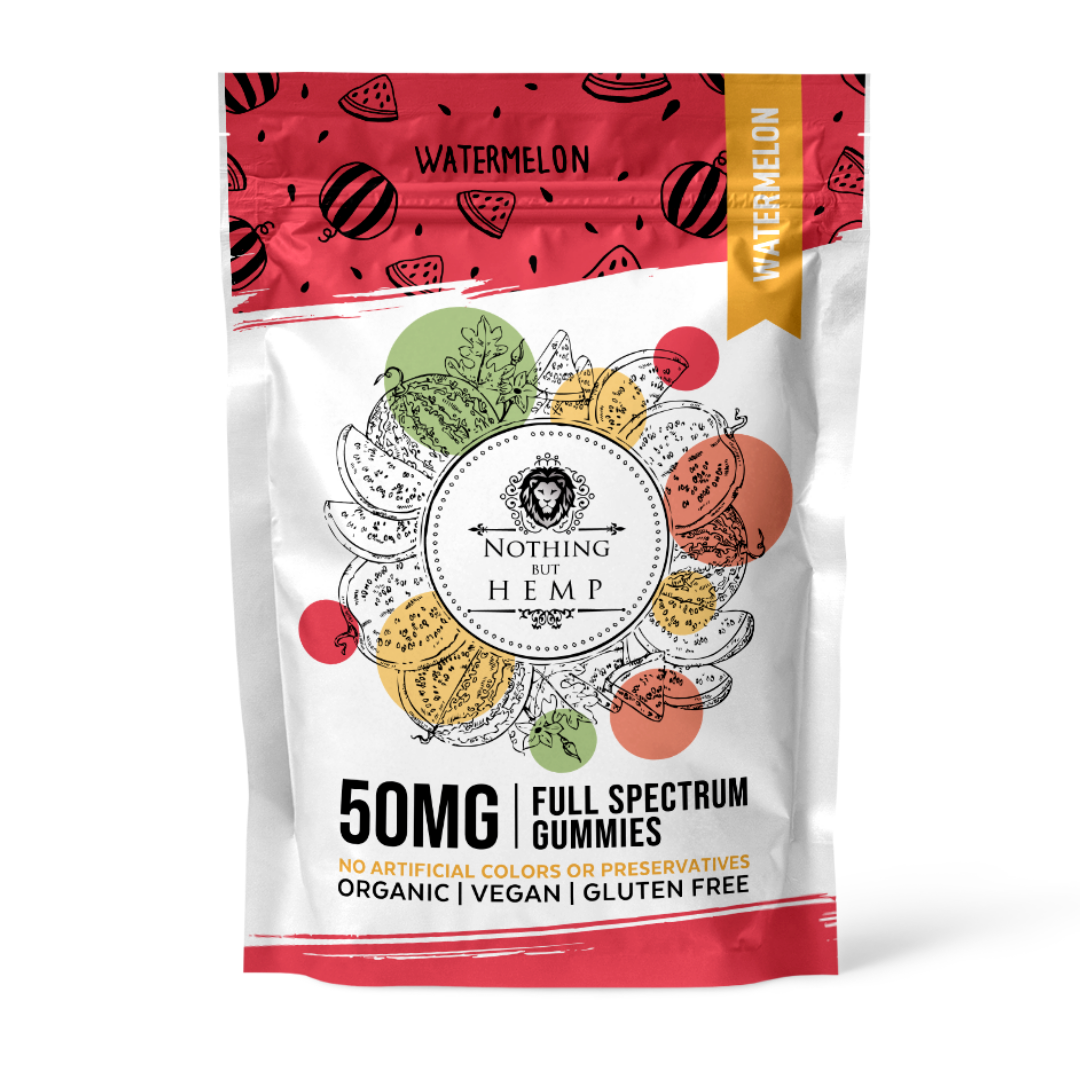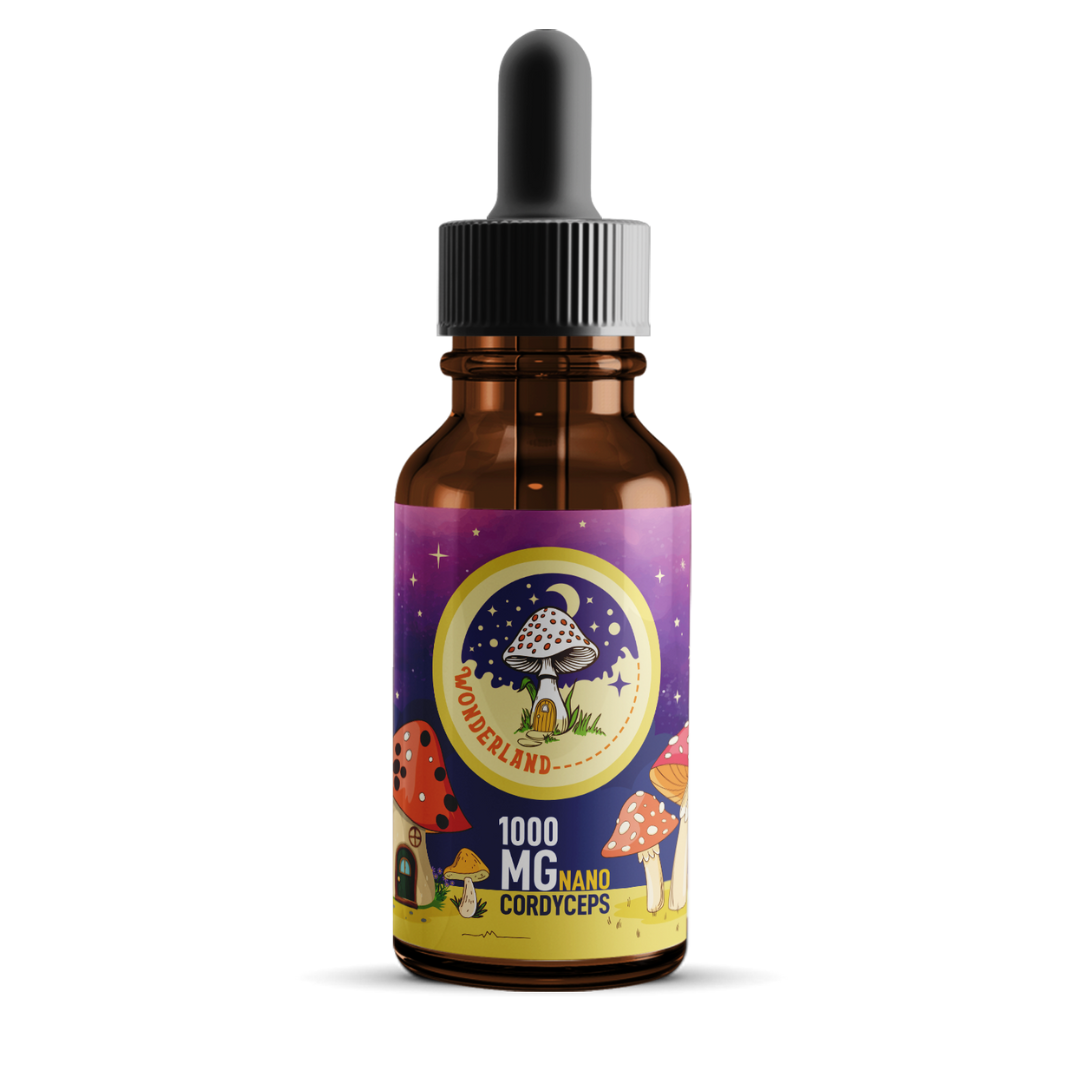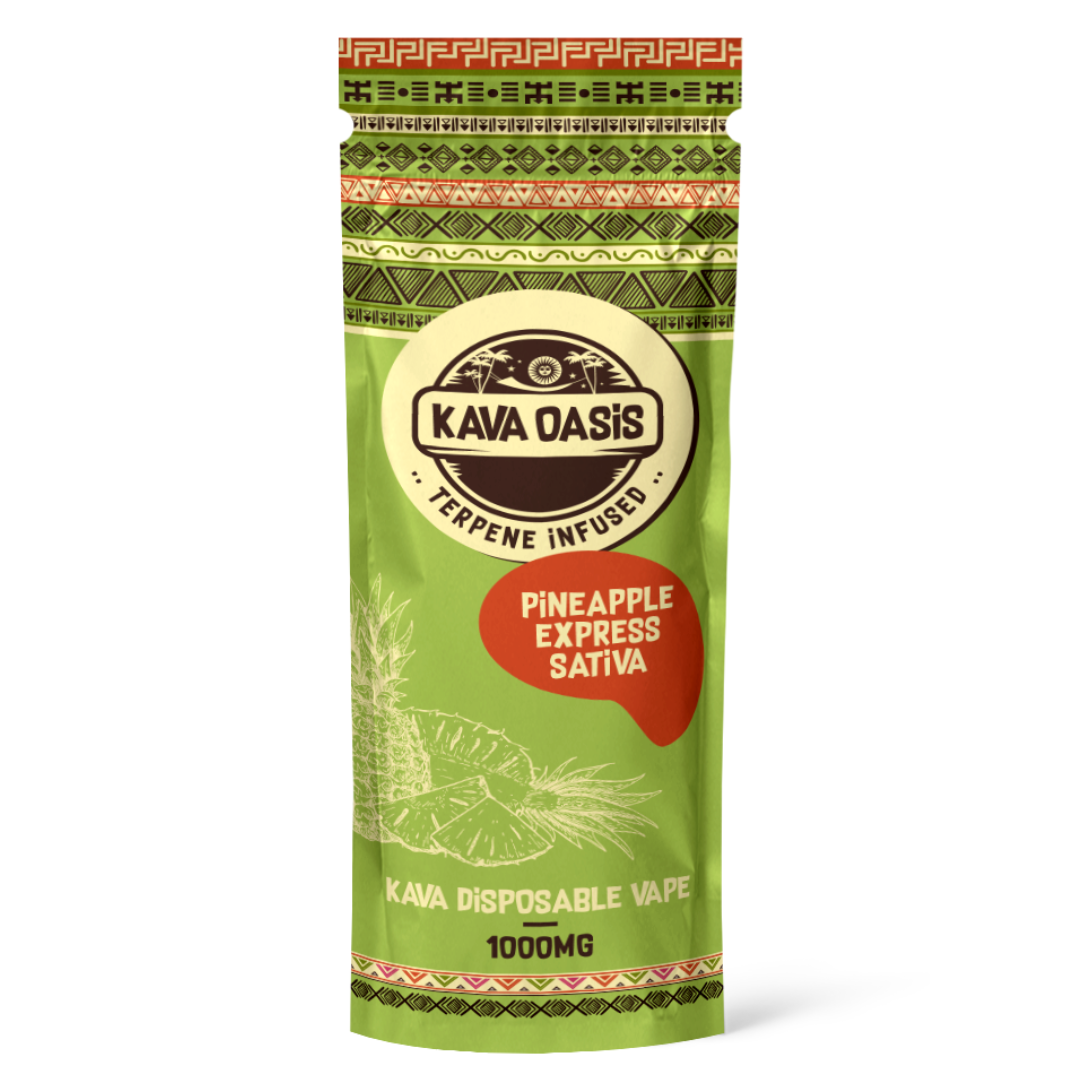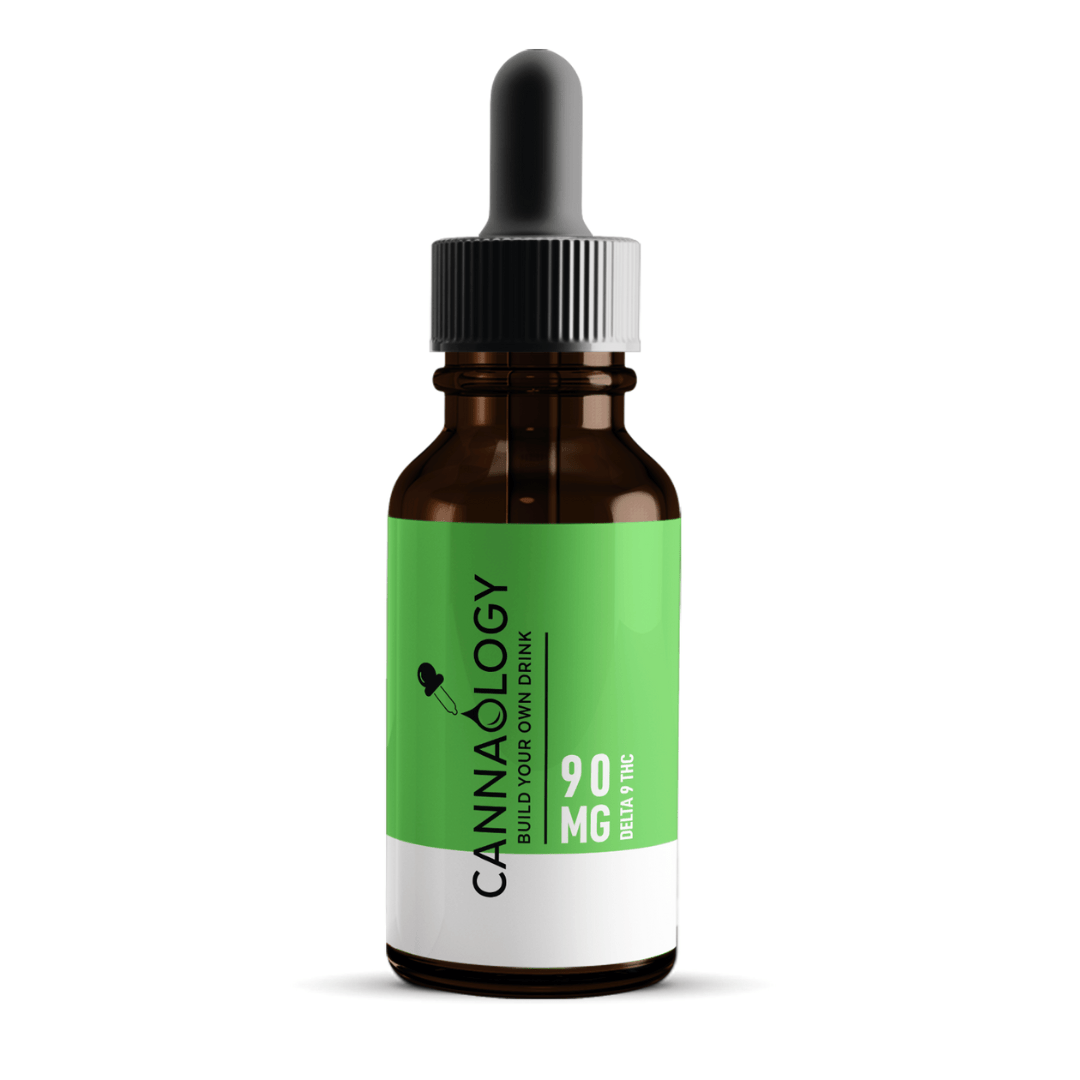The legal hemp landscape in the U.S. is at a crossroads. After the Agriculture Improvement Act of 2018 (the “2018 Farm Bill”) opened the door for hemp cultivation and derivative products, a wave of hemp-derived cannabinoids (from gummies to beverages) has entered the market. But now, sweeping federal proposals threaten to redefine what counts as “legal hemp”, impose ultra-low thresholds for THC, and — according to many in the industry — potentially wipe out large swaths of today’s business model.
The legal hemp landscape in the U.S. is at a crossroads. After the Agriculture Improvement Act of 2018 (the “2018 Farm Bill”) opened the door for hemp cultivation and derivative products, a wave of hemp-derived cannabinoids (from gummies to beverages) has entered the market. But now, sweeping federal proposals threaten to redefine what counts as “legal hemp”, impose ultra-low thresholds for THC, and — according to many in the industry — potentially wipe out large swaths of today’s business model.
Enter Representative Nancy Mace, who has emerged as a vocal supporter of preserving responsible access to hemp-derived products and protecting the farmers, brands, and entrepreneurs who built this industry.
1. What Nancy Mace Is Doing
A. Filing Amendments to Guard Against Harmful Riders
In July 2024, Nancy Mace introduced an amendment to strike controversial language in the 2025 “Commerce, Justice, Science” (CJS) appropriations bill that would have blocked the Department of Justice from rescheduling cannabis. She said publicly:
“I filed an amendment today to help hemp and help cannabis in an appropriations bill … We want to make sure rescheduling happens.” mg Magazine+1
This action aligns her with reform-minded policymakers who believe the federal government must update its cannabis/hemp policies rather than simply take a prohibition-first approach.
B. Establishing Herself as a Hemp & Cannabis Industry Ally
Mace has framed her policy ambition not just in terms of marijuana legalization, but in terms of a thriving hemp economy. She supports ensuring that hemp-derived cannabinoid products remain accessible under federal law (with proper regulation) rather than being swept away by overly strict definitions or bans. mg Magazine+1
By doing this, she’s gained recognition among advocacy groups and industry stakeholders as someone who understands the economic, agricultural, and innovation implications of hemp policy.
C. Raising the Flag on the “Hemp-Derived THC” Threat
As the federal appropriations bills began to include language that would redefine hemp to exclude many THC-containing derivatives (or to impose container limits as low as 0.4 mg of THC per package) — effectively making many current products illegal — Mace and other lawmakers have spoken out. A bipartisan coalition sent a letter citing that such language would “deal a fatal blow” to American hemp farmers and small businesses. Mace was among the signatories. Marijuana Moment+1
In doing so, she is helping amplify the message that this is not just a policy technicality—it’s a potential industry-wipeout.
2. Why It Matters — For the Industry, the Farmers, the Consumers
A. Preserving Market Access & Innovation
If sweeping hemp-THC restrictions become law, many of today’s popular products (gummies, beverages, split-dose innovations, etc.) would face major hurdles. For a business involved in product development, national scaling, brand expansion, and innovation (like yours), the stakes are high. Mace’s advocacy helps preserve the possibility of continuing legal access under federal law.
B. Providing Regulatory Certainty & Transition Time
Policy change always brings uncertainty. By having an ally pushing back against extreme riders, the industry gains time — to adjust formulations, packaging, sourcing, marketing, and compliance systems. That transition time can mean the difference between adapting and being forced out.
C. Safeguarding the Agricultural & Small-Business Ecosystem
Hemp-derived products aren’t just about finished goods—they are tied to farmers, processors, manufacturers, logistics, retailers. Mace’s approach recognizes the full ecosystem, not just the end product. When she talks about protecting hemp businesses and farmers, she’s addressing the root of the value chain.
D. Shaping the Narrative of Regulation, Not Prohibition
There’s a critical message here: the industry narrative is shifting from “ban or let wild west run” to “regulated access with consumer safety and accountability”. Mace’s voice helps frame hemp-derived cannabinoids as legitimate parts of a regulated market—not hidden loopholes to be closed. That framing matters for your brand positioning and for advocacy efforts.
3. What You Should Do (Based on Her Efforts)
Here are three actionable takeaways for your company and brand strategy:
-
Engage in advocacy and policy awareness.
-
Monitor Congressional action, especially amendments and hearings where Mace is active.
-
Consider supporting industry associations, trade coalitions or alliances that amplify the policy signal that she is helping send.
-
Use your brand platform (blog, newsletter, marketplace community) to educate your network—farmers, retailers, brand partners—about what is at stake and who’s working to protect access.
-
-
Show your company’s compliance and innovation readiness.
-
Communicate proactively that your product lines (e.g., gummies, beverages, flower) are built with regulatory foresight—testing, traceability, dose control, safe marketing.
-
Emphasize that you are aligned with legislators pushing for regulated access, not adversarial to them. That builds trust with retailers, investors, influencers, and policymakers.
-
-
Be strategic about product pipeline, formulation, and packaging.
-
Given the threat of ultra-low THC thresholds or redefinition of hemp, evaluate your product SKUs for vulnerability.
-
Prepare contingency plans: reformulate if needed, adjust packaging, highlight compliance, possibly convert products to purely hemp/non-intoxicating, or shift to licensed cannabis if needed.
-
Use the policy timeline to your advantage—communicate to your brand partner ecosystem that you’re actively preparing for multiple regulatory outcomes.
-
4. Looking Ahead — What to Watch & Why It Matters
-
Definition of Hemp: A major element is how Congress defines “legal hemp” going forward. If the definition expands to include total THC (including THCA) or synthetic cannabinoids, many current products may fall outside the safe harbor.
-
Container & Serving Limits: Proposals of 0.4 mg THC per package (vs. today’s 5-10 mg or more per serving) could dramatically reshape what’s viable. The Mighty 790 KFGO | KFGO+1
-
State vs Federal Divergence: While some states have robust regulatory frameworks for hemp-derived THC (Minnesota among them), federal law changes will override or complicate state-legal models. You’ll want to track how states respond, and how federal policy evolves.
-
Industry Mobilization: The fact that bipartisan groups (including Mace) are signaling regulatory reform instead of prohibition is a strategic advantage. But industry needs to stay engaged—silent periods can become vulnerable moments.
-
Messaging & Retail Strategy: For brands and retailers, now is the time to differentiate based on compliance, product education, consumer transparency, and policy literacy. Your marketplace and brand network should reflect this.
5. Final Thoughts
Nancy Mace’s work shows that the hemp-derived cannabinoid industry isn’t just at the mercy of regulators—it has policy allies, legislative champions, and a path forward. For companies that are already playing big (national rollout, private-label, product innovation, marketplaces, multi-state supply chains), her efforts provide not just hope—but strategic alignment.
Yes: the regulatory terrain remains uncertain. Yes: the risk of sweeping change is real. But by aligning with policy champions like Mace, by staying ahead of compliance, and by communicating clearly with your network—brands, retailers, farmers, consumers—you can not only survive turbulence—but position your business as a leader in the evolving hemp ecosystem.
In short: this moment isn’t just about reacting to regulation. It’s about shaping the future of hemp-derived cannabinoids. And Nancy Mace is helping create the conditions under which that future can be viable, legal, and innovative.
Enter Representative Nancy Mace, who has emerged as a vocal supporter of preserving responsible access to hemp-derived products and protecting the farmers, brands, and entrepreneurs who built this industry.
1. What Nancy Mace Is Doing
A. Filing Amendments to Guard Against Harmful Riders
In July 2024, Nancy Mace introduced an amendment to strike controversial language in the 2025 “Commerce, Justice, Science” (CJS) appropriations bill that would have blocked the Department of Justice from rescheduling cannabis. She said publicly:
“I filed an amendment today to help hemp and help cannabis in an appropriations bill … We want to make sure rescheduling happens.” mg Magazine+1
This action aligns her with reform-minded policymakers who believe the federal government must update its cannabis/hemp policies rather than simply take a prohibition-first approach.
B. Establishing Herself as a Hemp & Cannabis Industry Ally
Mace has framed her policy ambition not just in terms of marijuana legalization, but in terms of a thriving hemp economy. She supports ensuring that hemp-derived cannabinoid products remain accessible under federal law (with proper regulation) rather than being swept away by overly strict definitions or bans. mg Magazine+1
By doing this, she’s gained recognition among advocacy groups and industry stakeholders as someone who understands the economic, agricultural, and innovation implications of hemp policy.
C. Raising the Flag on the “Hemp-Derived THC” Threat
As the federal appropriations bills began to include language that would redefine hemp to exclude many THC-containing derivatives (or to impose container limits as low as 0.4 mg of THC per package) — effectively making many current products illegal — Mace and other lawmakers have spoken out. A bipartisan coalition sent a letter citing that such language would “deal a fatal blow” to American hemp farmers and small businesses. Mace was among the signatories. Marijuana Moment+1
In doing so, she is helping amplify the message that this is not just a policy technicality—it’s a potential industry-wipeout.
2. Why It Matters — For the Industry, the Farmers, the Consumers
A. Preserving Market Access & Innovation
If sweeping hemp-THC restrictions become law, many of today’s popular products (gummies, beverages, split-dose innovations, etc.) would face major hurdles. For a business involved in product development, national scaling, brand expansion, and innovation (like yours), the stakes are high. Mace’s advocacy helps preserve the possibility of continuing legal access under federal law.
B. Providing Regulatory Certainty & Transition Time
Policy change always brings uncertainty. By having an ally pushing back against extreme riders, the industry gains time — to adjust formulations, packaging, sourcing, marketing, and compliance systems. That transition time can mean the difference between adapting and being forced out.
C. Safeguarding the Agricultural & Small-Business Ecosystem
Hemp-derived products aren’t just about finished goods—they are tied to farmers, processors, manufacturers, logistics, retailers. Mace’s approach recognizes the full ecosystem, not just the end product. When she talks about protecting hemp businesses and farmers, she’s addressing the root of the value chain.
D. Shaping the Narrative of Regulation, Not Prohibition
There’s a critical message here: the industry narrative is shifting from “ban or let wild west run” to “regulated access with consumer safety and accountability”. Mace’s voice helps frame hemp-derived cannabinoids as legitimate parts of a regulated market—not hidden loopholes to be closed. That framing matters for your brand positioning and for advocacy efforts.
3. What You Should Do (Based on Her Efforts)
Here are three actionable takeaways for your company and brand strategy:
-
Engage in advocacy and policy awareness.
-
Monitor Congressional action, especially amendments and hearings where Mace is active.
-
Consider supporting industry associations, trade coalitions or alliances that amplify the policy signal that she is helping send.
-
Use your brand platform (blog, newsletter, marketplace community) to educate your network—farmers, retailers, brand partners—about what is at stake and who’s working to protect access.
-
-
Show your company’s compliance and innovation readiness.
-
Communicate proactively that your product lines (e.g., gummies, beverages, flower) are built with regulatory foresight—testing, traceability, dose control, safe marketing.
-
Emphasize that you are aligned with legislators pushing for regulated access, not adversarial to them. That builds trust with retailers, investors, influencers, and policymakers.
-
-
Be strategic about product pipeline, formulation, and packaging.
-
Given the threat of ultra-low THC thresholds or redefinition of hemp, evaluate your product SKUs for vulnerability.
-
Prepare contingency plans: reformulate if needed, adjust packaging, highlight compliance, possibly convert products to purely hemp/non-intoxicating, or shift to licensed cannabis if needed.
-
Use the policy timeline to your advantage—communicate to your brand partner ecosystem that you’re actively preparing for multiple regulatory outcomes.
-
4. Looking Ahead — What to Watch & Why It Matters
-
Definition of Hemp: A major element is how Congress defines “legal hemp” going forward. If the definition expands to include total THC (including THCA) or synthetic cannabinoids, many current products may fall outside the safe harbor.
-
Container & Serving Limits: Proposals of 0.4 mg THC per package (vs. today’s 5-10 mg or more per serving) could dramatically reshape what’s viable. The Mighty 790 KFGO | KFGO+1
-
State vs Federal Divergence: While some states have robust regulatory frameworks for hemp-derived THC (Minnesota among them), federal law changes will override or complicate state-legal models. You’ll want to track how states respond, and how federal policy evolves.
-
Industry Mobilization: The fact that bipartisan groups (including Mace) are signaling regulatory reform instead of prohibition is a strategic advantage. But industry needs to stay engaged—silent periods can become vulnerable moments.
-
Messaging & Retail Strategy: For brands and retailers, now is the time to differentiate based on compliance, product education, consumer transparency, and policy literacy. Your marketplace and brand network should reflect this.
5. Final Thoughts
Nancy Mace’s work shows that the hemp-derived cannabinoid industry isn’t just at the mercy of regulators—it has policy allies, legislative champions, and a path forward. For companies that are already playing big (national rollout, private-label, product innovation, marketplaces, multi-state supply chains), her efforts provide not just hope—but strategic alignment.
Yes: the regulatory terrain remains uncertain. Yes: the risk of sweeping change is real. But by aligning with policy champions like Mace, by staying ahead of compliance, and by communicating clearly with your network—brands, retailers, farmers, consumers—you can not only survive turbulence—but position your business as a leader in the evolving hemp ecosystem.
In short: this moment isn’t just about reacting to regulation. It’s about shaping the future of hemp-derived cannabinoids. And Nancy Mace is helping create the conditions under which that future can be viable, legal, and innovative.






































